Jilin Oilfield's "Digital Sentinel" Safeguards Oil and Gas Production
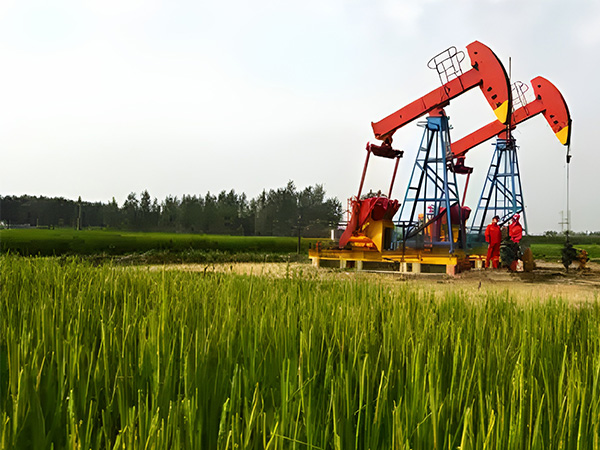
At 6:25 on June 27th, the Internet of Things (IoT) monitoring screen of the No. 3 Oil Production District of Fuyu Oil Production Plant in Jilin Oilfield suddenly flashed a red warning. "The packing of Well Group Dong 24-20 is leaking. Please handle it immediately!" Wu Chunjie, the monitor, immediately sent the faulty well number to the work group. Just 8 minutes later, the maintenance personnel from the Dong 20 production area arrived at the scene and completed the handling.
From relying on manpower to frequently visit the site in the past to now using intelligent systems for precise "diagnosis", and from making judgments based on experience to making decisions based on data, IoT technology has provided a solid digital guarantee for the transformation and development of Jilin Oilfield.
In the production command center of the South Sichuan Shale Gas Field, the screen is constantly showing key data such as gas well pressure and production. This is the "intelligent production smart scene" created by Jilin Oilfield Digital Intelligence Technology Company for the South Sichuan Branch. The project team has also compiled the "South Sichuan Digital Intelligence Construction Work Plan (2025-2027)", which has drawn up a "roadmap" for the digital intelligence construction of the South Sichuan area in the next three years. "We have achieved dynamic analysis and sharing of single-well data for the first time, transforming production command from 'experience-driven' to 'data-driven'," said Gao Taigong, the project leader, pointing to the process flow chart on the screen. The company has completed the intelligent transformation of 55 process flow charts, solving the long-standing problem of data disconnection.
Good news is also coming from the new energy field. At 11 substations in the Songnen Plain, technicians are busy adjusting the information technology transformation plan. "We have innovatively proposed the concept of 'intelligent power system'. By building a data collection and analysis platform, we can monitor the operation status of substation equipment in real time. It is expected to reduce operation and maintenance costs by more than 15% throughout the year," said Cai Xiaodong, the head of the new energy benefit task force.
In the computer room of Jilin Oilfield Digital Intelligence Company, technicians are conducting the final debugging of the "logging data management system". This system has successfully solved the problem of managing and storing 3.3T unstructured data, and has completed the full-dimensional supplementation of data from 488 coring wells. "Our self-developed 'abnormal data detection algorithm' can process over 80,000 daily water injection reports every day, with an accuracy rate of 98%," said Xu Huiyao, a key researcher, while showing the system interface. The engineering cost management system she led has achieved a modular breakthrough, providing a digital pricing "toolbox" for oilfield engineering construction.
In multiple well sites in the Songnan block, an "invisible revolution" is quietly taking place. The Jilin Oilfield IoT station maintenance team has established a full life cycle management system covering 3,095 pieces of equipment, with an overall online rate of 94.6%. They have developed an intelligent diagnosis module to solve the problem of unbinding of shutdown meters, and the online rate in the second quarter can be increased to over 98%.


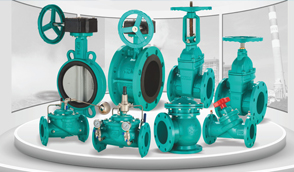




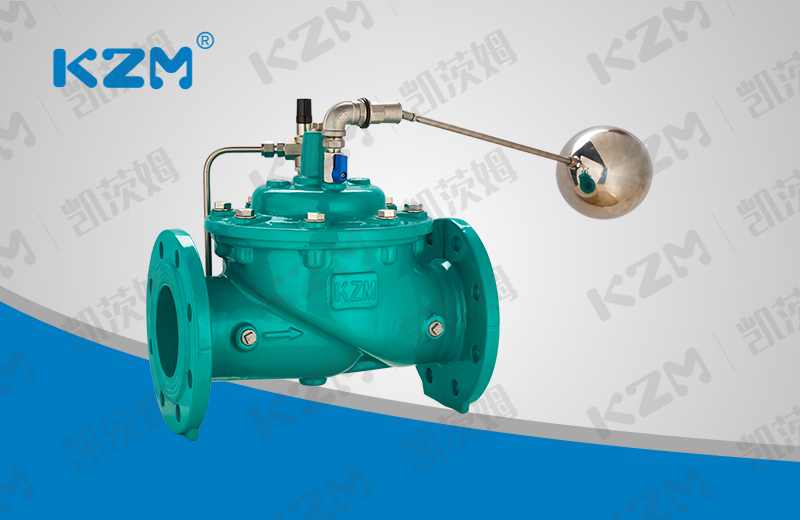
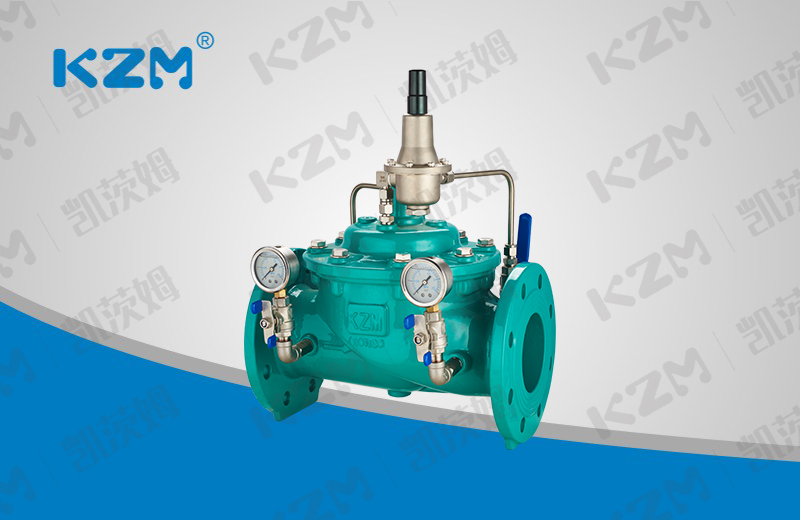
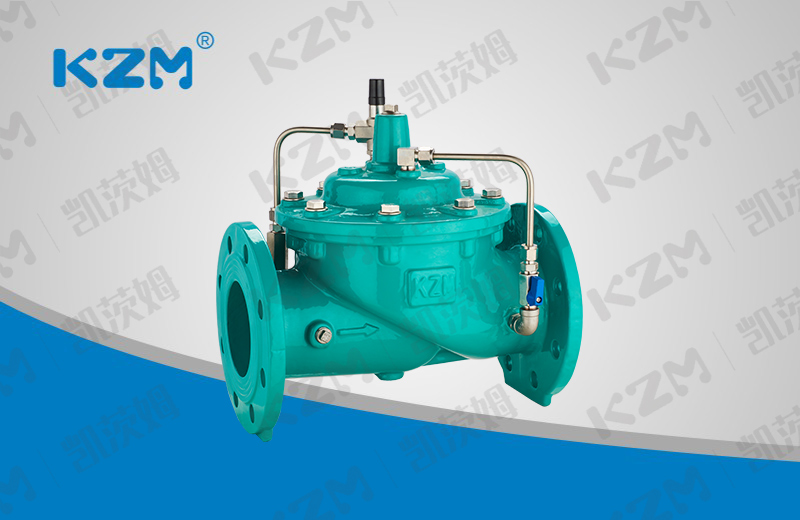
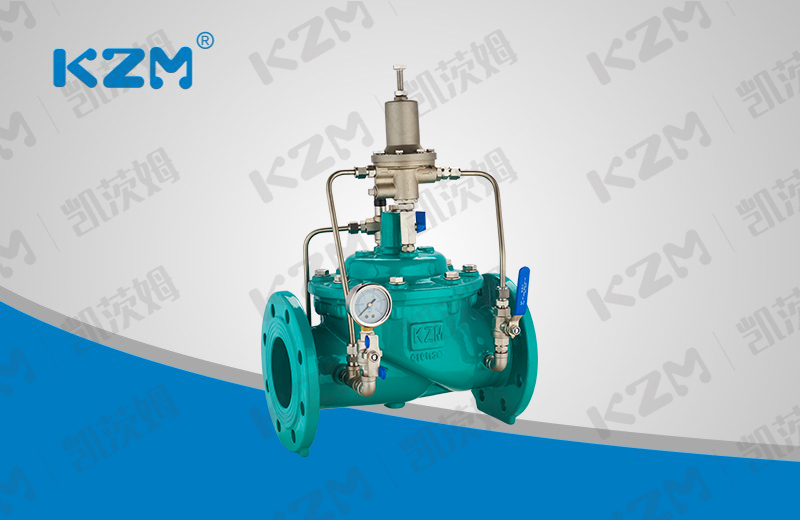
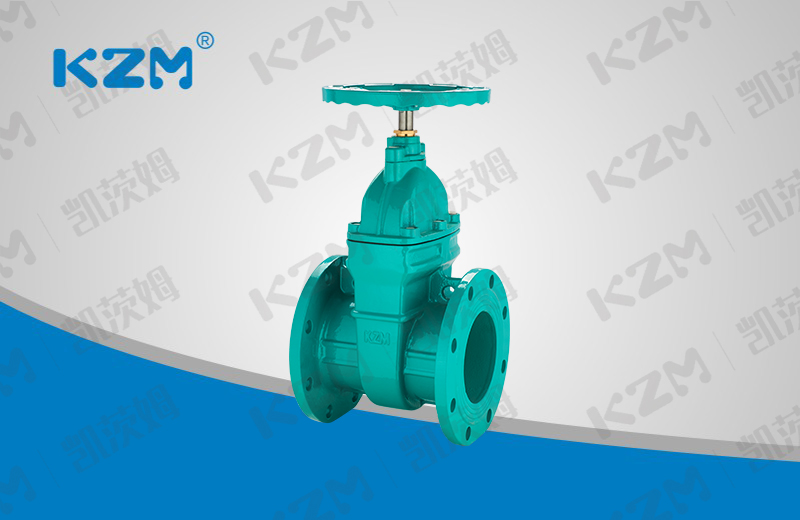


 Jing12011202000600
Jing12011202000600
